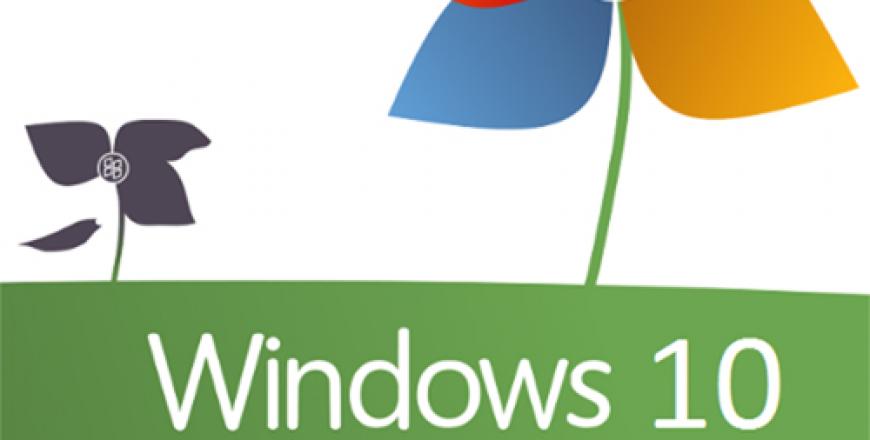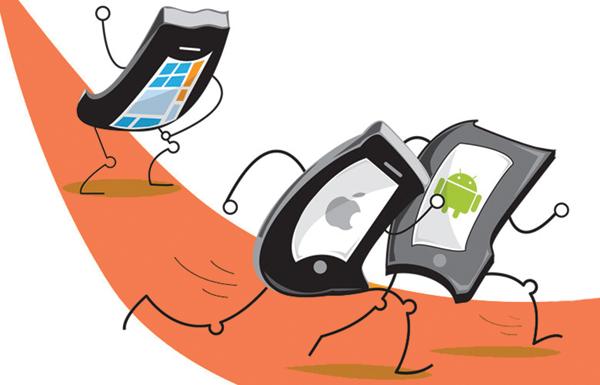You are here
Microsoft plans spring Windows, phone updates
By AP - Feb 23,2014 - Last updated at Feb 23,2014
BARCELONA — Microsoft will update its Windows system this spring to address some of the gripes people have had when they use devices without touch capabilities.
Windows 8 and last fall’s 8.1 update were designed for a touch environment. But some of the gesture commands don’t translate well when using traditional mouse and keyboard controls.
Among other things, Microsoft Corp. will add search, power and settings buttons to the Start page, so that users don’t have to figure out how to pull those functions like a sock drawer from the right. There also will be easier, touch-free ways to close apps.
Microsoft is also updating its Windows Phone system this spring to work better in corporate environments and to bring features desired in fast-growing emerging markets.
The announcement came Sunday ahead of the Mobile World Congress wireless show in Barcelona, Spain.
Many of the changes are geared at reducing manufacturing costs.
In essence, Microsoft is relaxing hardware requirements. For instance, there will be no longer a requirement that phones have a physical camera button and three control buttons on the front. That can be done through software instead, the approach used in many Android phones. Meanwhile, tablets and personal computers won’t need as much memory and storage as before.
Microsoft is also allowing phones to support two SIM cards, something in demand in China, India and other emerging markets where prices and plans vary so much that people switch services constantly for the best deals. For developed markets, Microsoft plans improvements for corporations, including VPN support on phones so people can access work networks securely.
More details on the phone changes are expected at Microsoft’s Build conference for software developers in April. Microsoft didn’t immediately disclose the name of either Windows update or confirm that they will be free for existing users, as they have been in the past.
Microsoft also announced the availability of a Facebook Messenger phone app in the next few weeks.
Microsoft used Mobile World Congress two years ago to release a test version of its Windows 8 operating system, months before its October 2012 debut.
The system was a response to the growing popularity of smartphones and tablet computers, which have been siphoning sales from personal computers running Windows. Windows 8 emphasises touch controls, just like mobile devices, and borrows much of its look and feel from Microsoft’s Windows Phone system for smartphones.
Many consumers, however, hate having that approach on PCs. Research firm IDC blamed Windows 8 for accelerating a decline in PCs — by 14 per cent in the first three months of 2013, the first full quarter with Windows 8.
Just one year after the Windows 8 launch, Microsoft issued a free update to address some of the gripes. The system now lets people run more than two apps side by side, for instance, and its Internet Explorer browser lets people open more than 10 tabs without automatically closing older ones. Windows 8.1 also introduced new features, including a universal search to access files stored on the computer along with Web content on the Internet.
Joe Belfiore, Microsoft’s vice president of operating systems, said many of the gripes have come from people who use non-touch devices. Although 40 per cent of Windows 8 devices sold in the U.S. are now touch-enabled, he said the new update will make it easier for the remaining, non-touch users.
Related Articles
With Microsoft’s support for Windows XP ending in April, the international software giant recommended that users in Jordan upgrade to Windows 8 or 8.1 operating systems.
NEW YORK — It took me just a weekend to get comfortable with Microsoft’s new Windows 10 operating system, something I never did with its pre
SEATTLE — Microsoft, after failing to build a smartphone hub to rival Google or Apple, is trying to change the conversation.At Microso
















